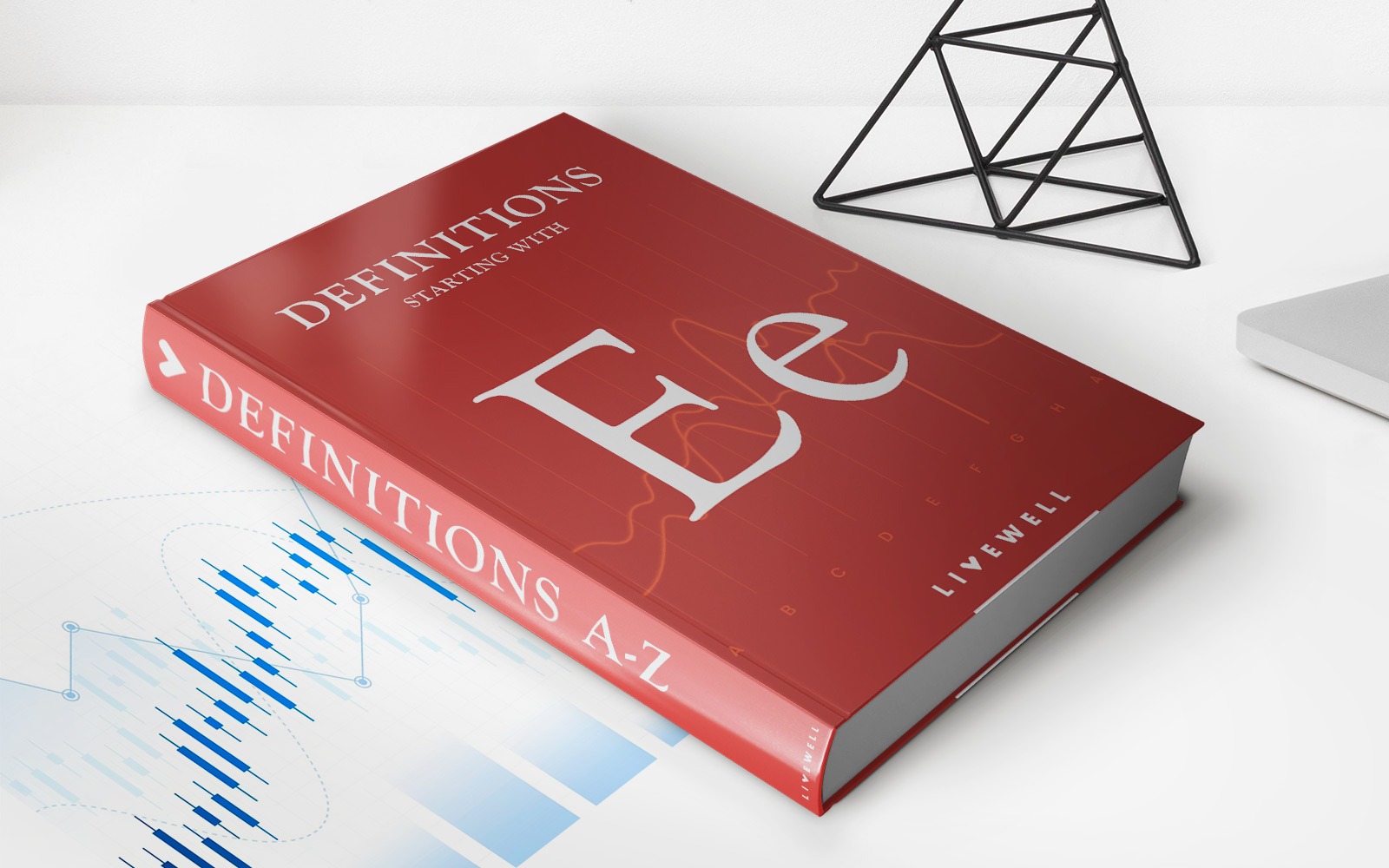

Finance
Asset-Or-Nothing Call Option Definition
Published: October 9, 2023
Learn what an asset-or-nothing call option is in the field of finance. Understand its definition and how it can be used to mitigate risks and maximize returns.
(Many of the links in this article redirect to a specific reviewed product. Your purchase of these products through affiliate links helps to generate commission for LiveWell, at no extra cost. Learn more)
Understanding Asset-Or-Nothing Call Option Definition: A Comprehensive Guide
Welcome to our “FINANCE” category blog! In this article, we will be exploring the fascinating world of asset-or-nothing call options. Whether you are a seasoned investor or just starting your journey in the financial market, understanding the ins and outs of this particular financial instrument can be incredibly beneficial. So, let’s dive in and explore what asset-or-nothing call options are all about!
Key Takeaways:
- An asset-or-nothing call option is a type of financial derivative that offers the holder a fixed payout based on the underlying asset.
- This option pays out the value of the underlying asset if it is above a predetermined strike price at expiration, otherwise, it pays nothing.
What is an Asset-Or-Nothing Call Option?
An asset-or-nothing call option is a specific type of financial derivative that gives the option holder a fixed payout based on the value of the underlying asset. This means that if the price of the underlying asset exceeds a predetermined strike price at expiration, the option will pay out the value of the asset to the holder. However, if the price is below the strike price, the option will yield no payout, hence the name “asset-or-nothing”.
Asset-or-nothing call options are often used in scenarios where an investor is confident about the future performance of a specific asset but wants to limit their risk exposure. By purchasing this type of option, investors can participate in the potential gains of an asset without actually owning it outright, which can provide greater flexibility and leverage in their investment strategies.
How Does an Asset-Or-Nothing Call Option Work?
Now that we understand the basic concept of an asset-or-nothing call option, let’s take a closer look at how it works. Here is a step-by-step breakdown:
- An investor purchases an asset-or-nothing call option on a specific underlying asset.
- The option has a predetermined strike price, which is the price at which the option will pay out the value of the asset.
- If, at expiration, the price of the underlying asset is above the strike price, the option holder receives the value of the asset as the payout.
- If the price of the underlying asset is below the strike price at expiration, the option expires worthless, and the holder receives no payout.
It is important to note that the value of the asset-or-nothing call option is affected by several factors, including the price of the underlying asset, time until expiration, volatility, and interest rates. These factors can influence the cost of the option and its potential profitability.
Conclusion
Asset-or-nothing call options can be a valuable financial instrument for investors looking to participate in the potential gains of a specific asset while managing their risk exposure. By understanding the key concepts and workings of this option, investors can make informed decisions and incorporate asset-or-nothing call options into their investment strategies effectively.
Remember, if you have any questions or need further assistance, don’t hesitate to consult with a financial advisor who can provide personalized guidance based on your unique investment goals and risk tolerance.














